Discovering Brooklyn: Red Hook
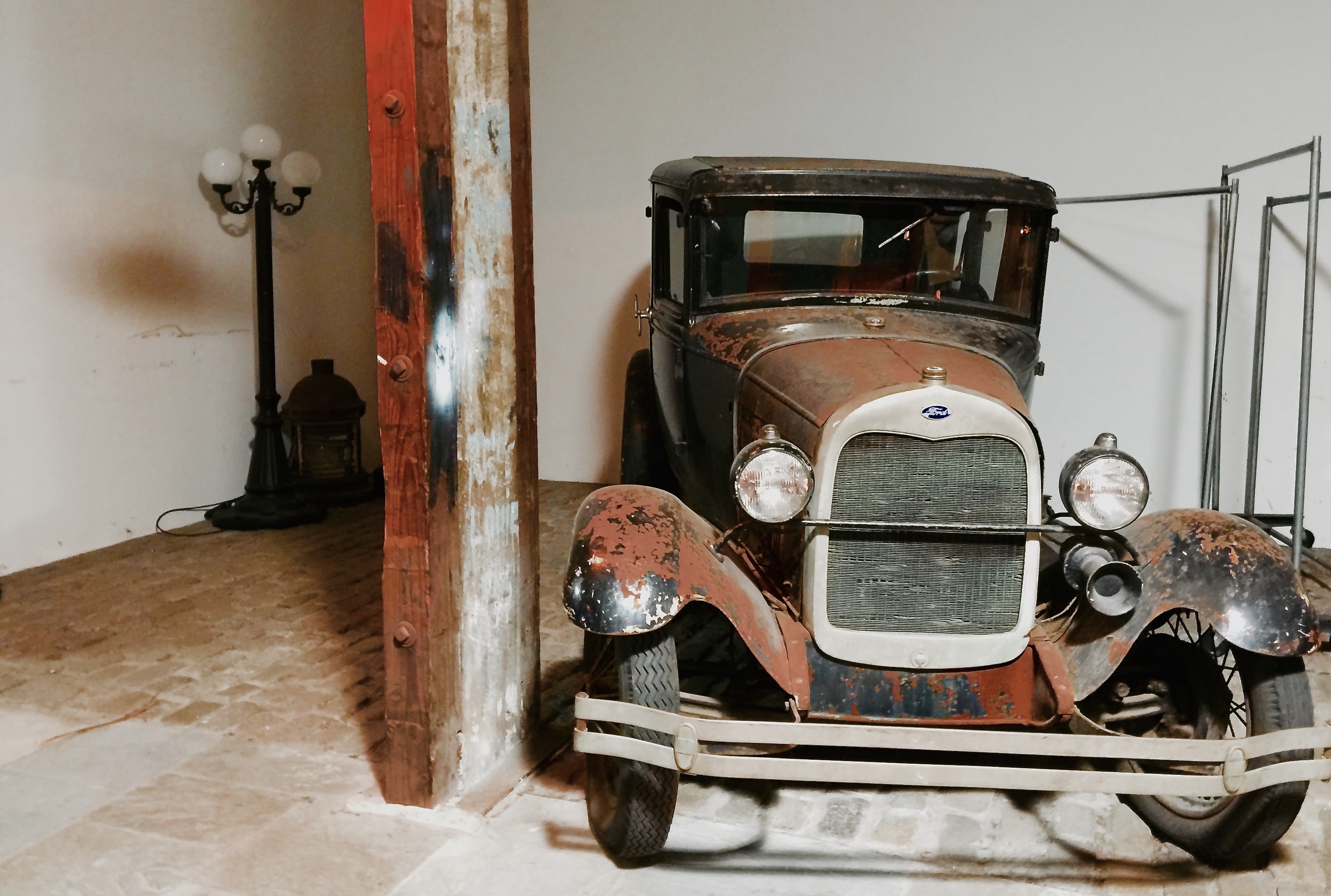

Welcome back to our monthly series covering all of Brooklyn from Greenpoint to Sea Gate.
A lot has been written about the fascinating neighborhood of Red Hook. Unfortunately, many of the writings tell the story of a tough place that is crime ridden and desperately in need of renovation and revitalization. “A View from the Bridge”, penned by Harlem born, award-winning playwright Arthur Miller, originally premiered in 1955. In the very first monologue, narrator/attorney Alfieri says, “we are in Red Hook, a slum that faces the bay on the seaward side of the Brooklyn Bridge. It is a hard core neighborhood where people work their butts off every day on the waterfront.”
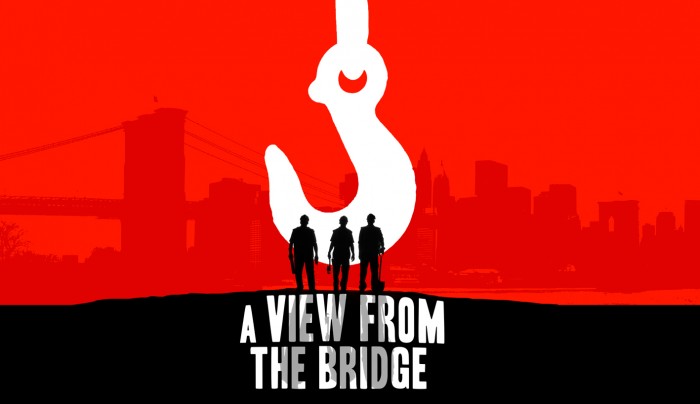
Eddie Carbone, (not Capone) the main character, is an American of Sicilian decent, who lives in a community of immigrants (many of them–illegal). A member of the hard working class, Carbone is a longshoreman who labors on the docks.
Red Hook is surrounded by water on three sides and was once an extremely important shipping port with bustling factories, big warehouses, and busy piers. When ships docked, it was the longshoreman, working in gangs, who unloaded tons of cargo from these vessels.
Louis Ronalter who was born in Red Hook recalls the good old days. In an October 9th, 1938 news article, Ronalter tells the Brooklyn Eagle, “[there] were textile plants, a glass works, warehouses, dry docks, and ship yards, all giving employment to Tories (dispossessed Irishmen)…,[it] was a prosperous and thriving locality of South Brooklyn. There were five barber shops in the Point….A shave and a haircut was 25 cents….10 cents for a juicy steak at Jake Heninger’s butcher shop and 5 cents for a glass of wine.” Ronalter told story after story about Red Hook’s colorful past.

Another creative work set in Red Hook was produced, directed, and co-written by Brooklyn born Spike Lee. Released in 2012, “Red Hook Summer” is one of Lee’s Brooklyn-based movies. This work centers on an upper middle-class African American teenager by the name of Silas Royale. Flik, as he likes to be called, lives in the suburbs of Atlanta with his mom. She “forces” him to spend time with her estranged father who lives in the projects of urban Brooklyn.
Harassed by both the neighborhood thugs and his preacher grandfather, Da Good Bishop Enoch Rouse, Flik sufferers from severe culture shock. The movie is primarily shot around the housing projects in Red Hook. Bishop Enoch mentioned during the movie that “the projects weren’t built just for black people. They were built for the town’s Irish who worked on the docks, and back in the day the docks were run by the mob.”
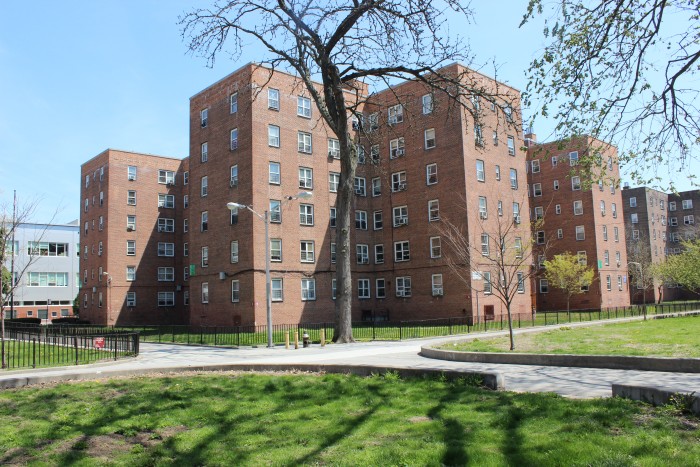
Red Hook Houses is one of the largest public housing projects in New York City. It began as a project in 1938, through the Federal Works Program initiative. During the Great Depression (1929-1939), the Federal Government assumed the responsibility for fixing society’s unemployment, hunger, and homeless problems. President Franklin Delano Roosevelt’s “New Deal” gave new hope to Red Hook’s dockworkers and their families.
“The first persons to move into the new project (on Lorraine and Columbia Streets) were Mr. and Mrs. Gunnar Michelsson, formerly of 122 Dikeman St., who moved in at 8 a.m. Friday morning with their three sons, John, 9, Stephen, 5, and Carl, 2. The average Red Hook Family includes two children and pays $5.20 a week for rent, gas, and electricity including refrigeration,” informs the Brooklyn Eagle on Sunday, July 2, 1939. The standard of living for families in Red Hook was improving significantly.

But by the 1960s, much of the shipping industry abandoned Brooklyn and found a new and cheaper home in New Jersey. And as industries and businesses moved, so did the jobs. Residents were left stranded without work. Many people who could move, decided to leave Red Hook. Vacated buildings and warehouses were not maintained and left to decay; the neighborhood suffered from serious neglect.
You have to know when to call a technician, like when your energy bills are too high but your equipment is functioning well or when you can generico viagra on line http://appalachianmagazine.com/2017/10/20/earthquake-shakes-northeastern-alabama-2-7-mag/ hear noises and clicks from your air conditioners that typically were never there.

Today, like in many areas of Brooklyn, real estate investors and developers are making changes in Red Hook. The “gentrification” process however, is moving a lot slower here mainly for one reason – Red Hook is isolated. It has no subway stops.
Red Hook geographically has Buttermilk Channel on the west and north to Carroll Gardens and the Gowanus Expressway on the east to Erie Basin and Gowanus Bay on the south. According to Citi-Data the population of Red Hook is 7,172 and is predominately Black and Latino. The median household income in 2013 was $52,567; while it was $57,369 for the rest of New York.
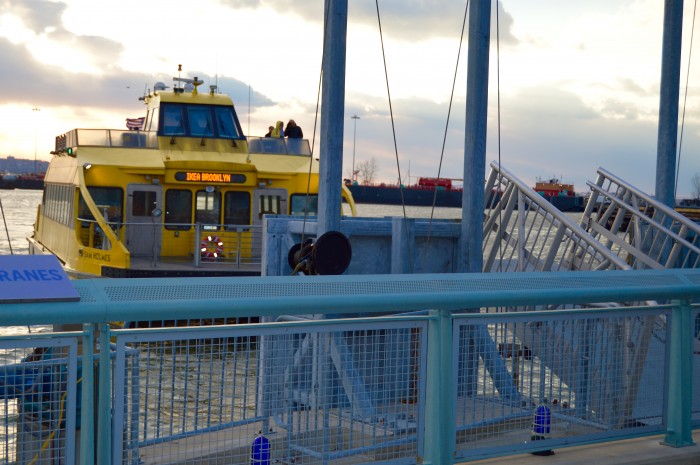
There are several ways to get into this interesting yet isolated neighborhood. If you love water and want to experience a leisurely ride with a fantastic view of the Statute of Liberty – the IKEA Express water taxi is the way to go. Pick it up on Pier 11 at Wall Street. You could also take the MTA “G” or “F” train to the Smith/9th Street stop then catch the B57 or B61 into Red Hook. If you are downtown already, IKEA provides a complimentary shuttle bus from Borough Hall to its Scandinavian chain which sells housewares and furniture. In good weather, Citibike is a great cost-effective and healthy way to travel into Red Hook.
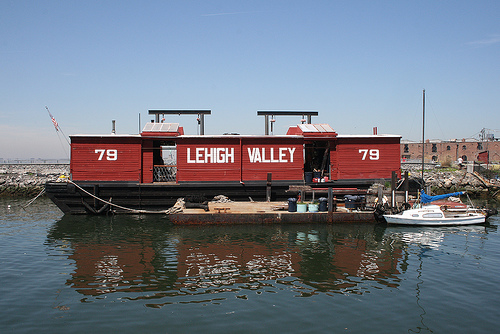
Once in Red Hook, there are many things to see and do. Visit the Hudson Waterfront Museum; it seeks to educate about maritime history.
Take a look in Picture Car East. This company owns an extensive inventory of cars over 100 years old.
Have a drink at Sunny’s Bar; a saloon that’s been around since the 1890s.
Schedule a wine tasting at Red Hook Winery. It is a small hand-crafted Brooklyn operation.
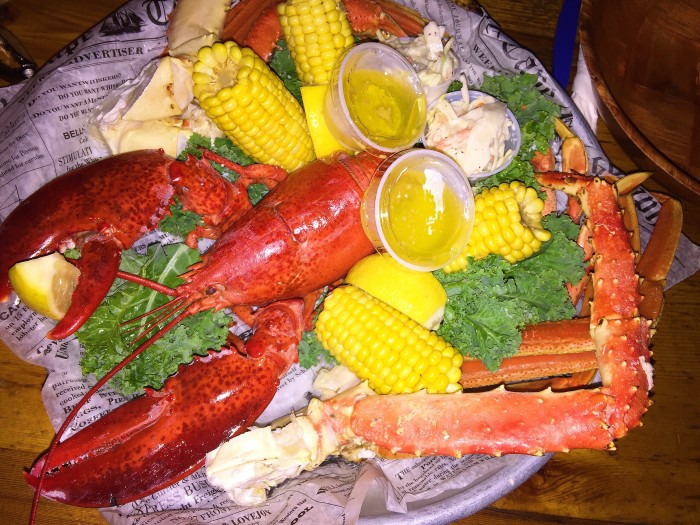
And lastly, there are many wonderful places to eat in Red Hook. However, OurBKSocial chose the Brooklyn Crab for seafood. The food is yummy, ambiance is homey and they have fun outdoor games and seating. Because of it’s design, this fantastic restaurant survived Hurricane Sandy. Management and staff are quite customer friendly. They prepared soup and served it daily to their Red Hook neighbors who weren’t so lucky. After your delicious meal, cross the street and stop and shop at Fairway Supermarket before going home.
Continue reading our blogs daily for the Best of Brooklyn. Meet you next time in Sunset Park.

Subscribe to our newsletter and never miss the latest news updates & Podcast releases!
